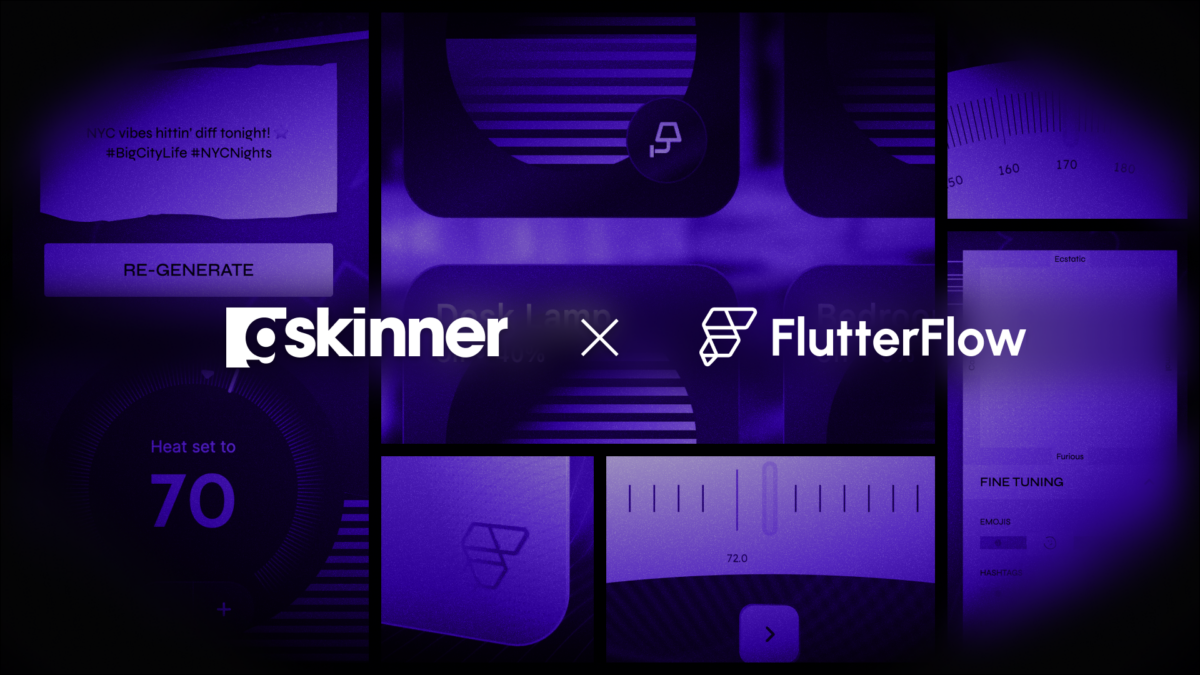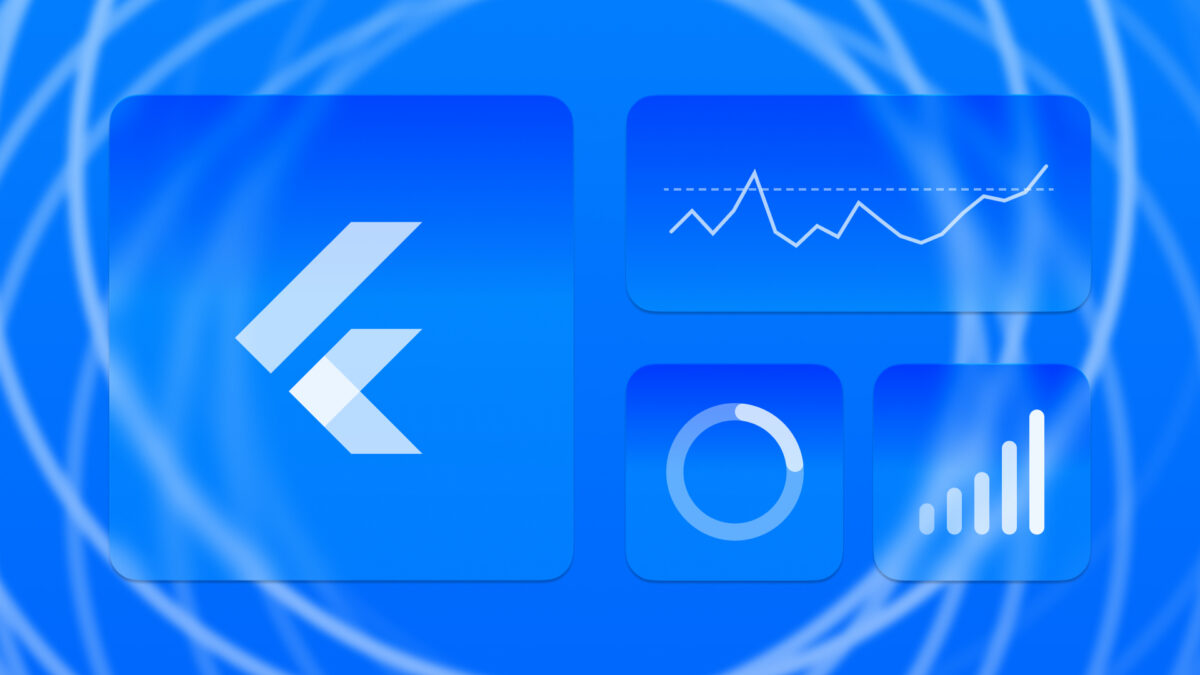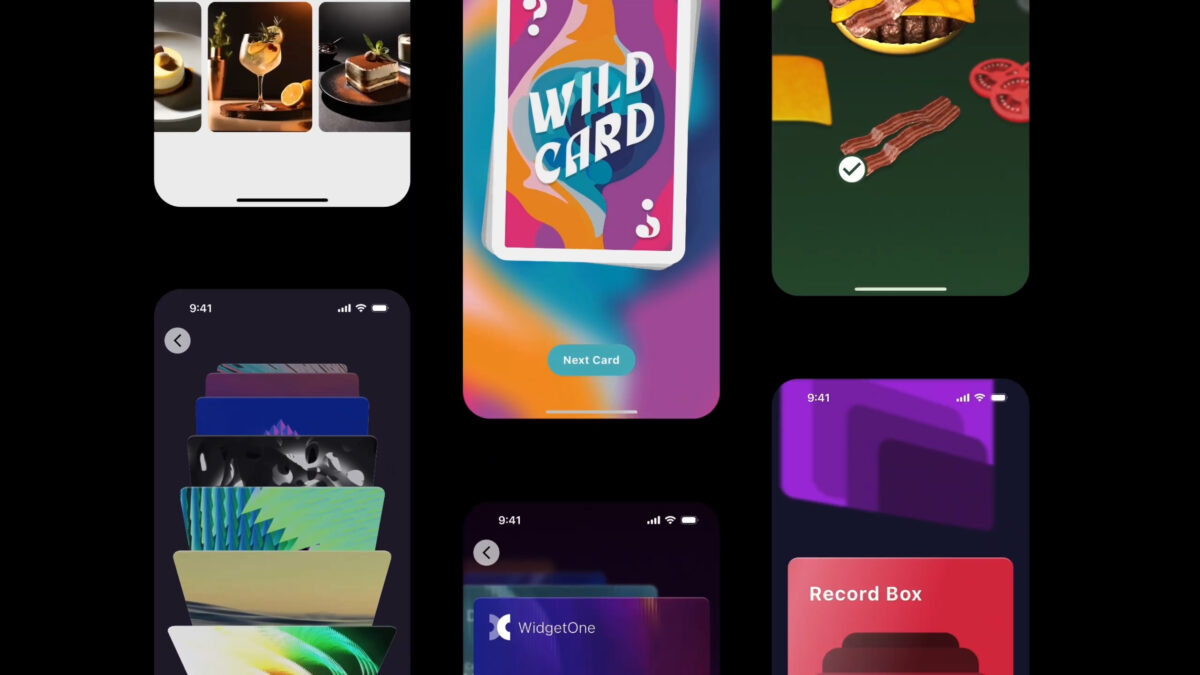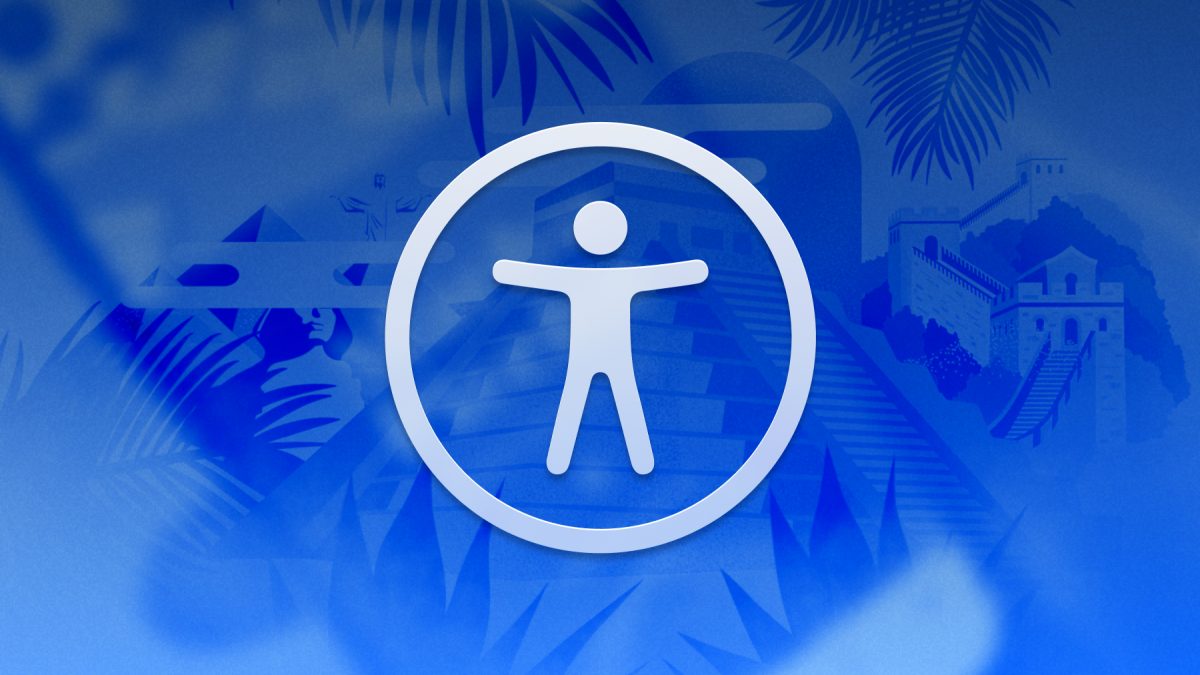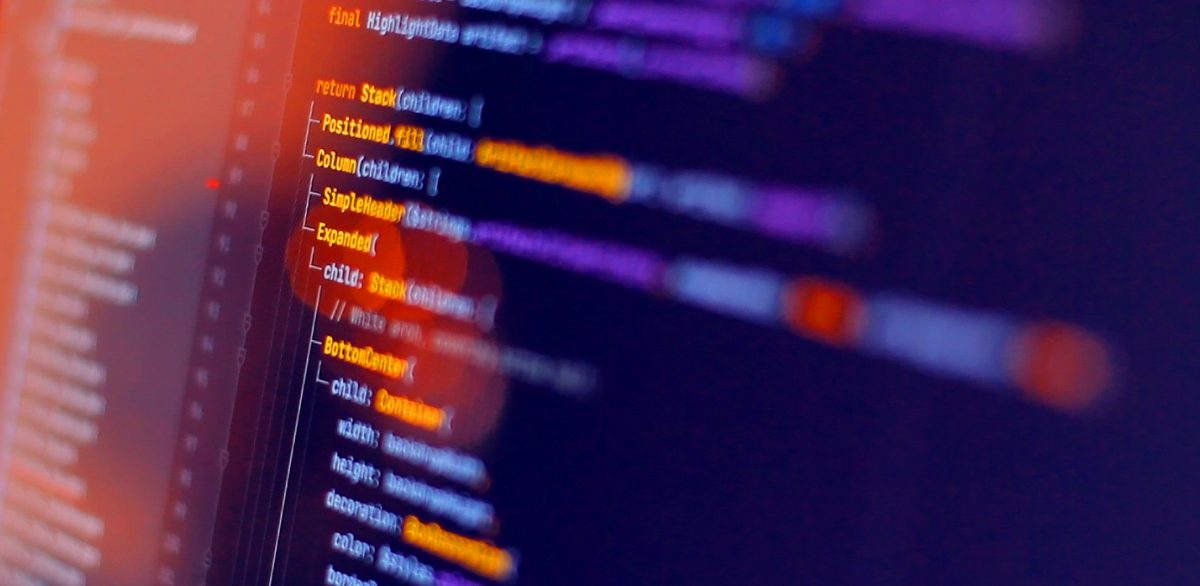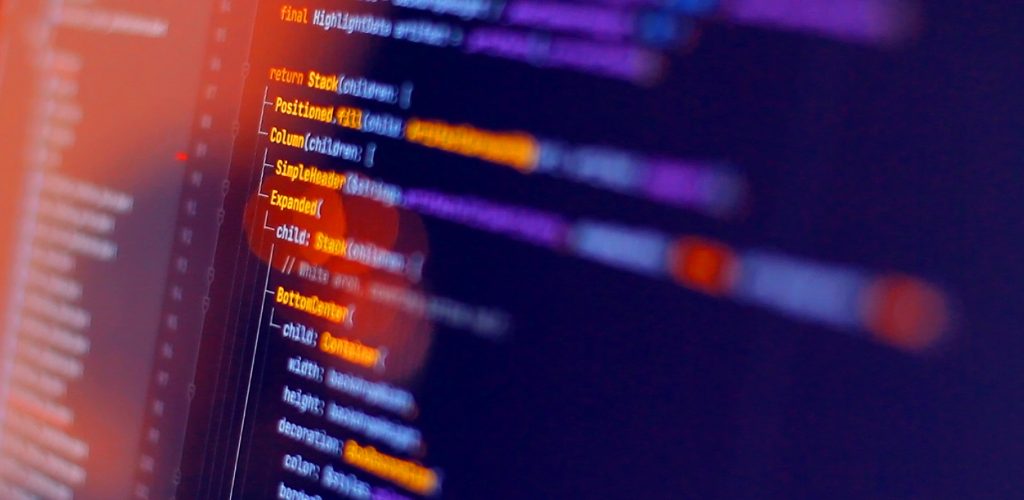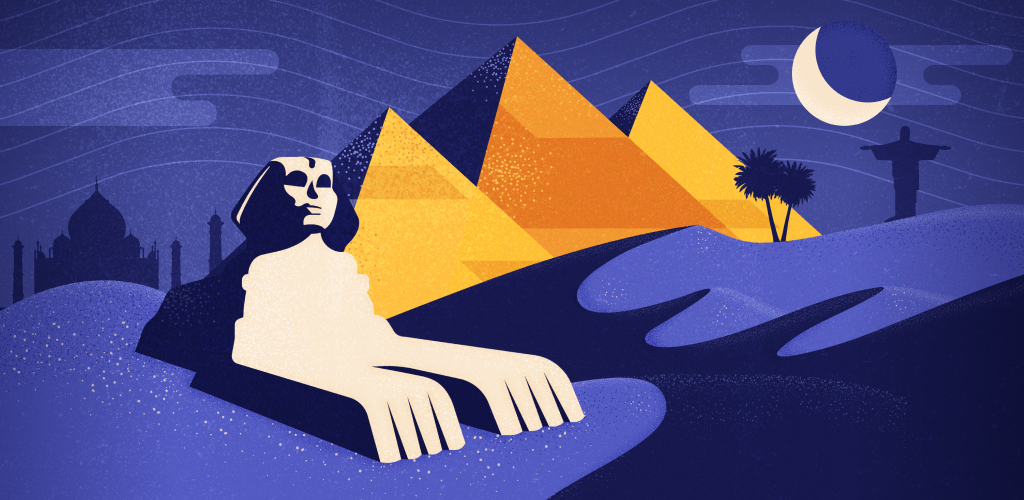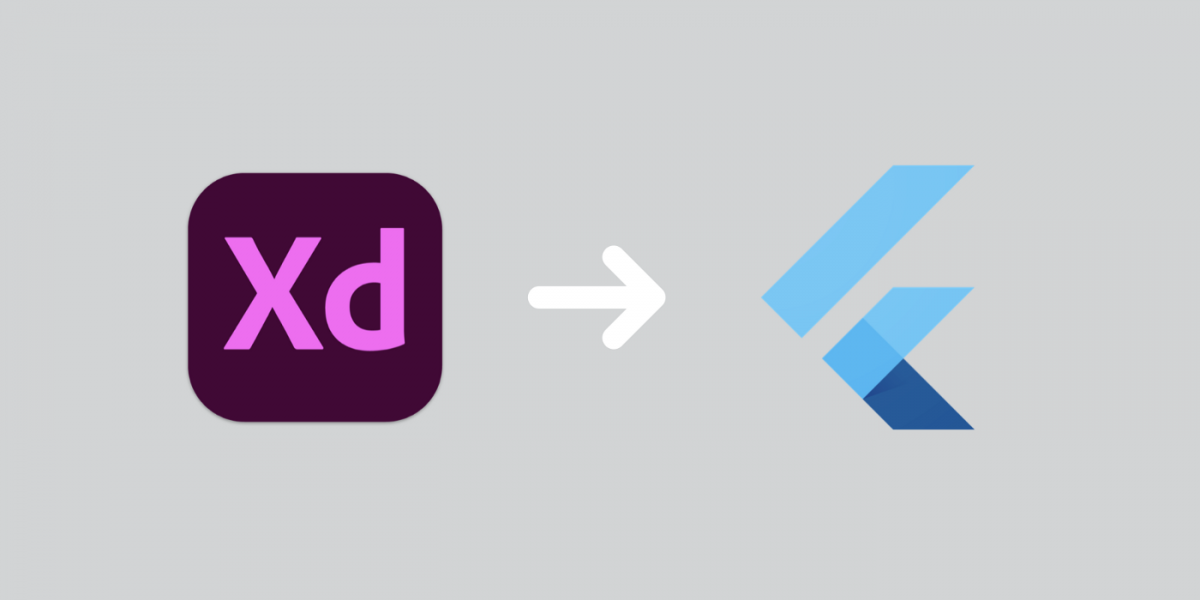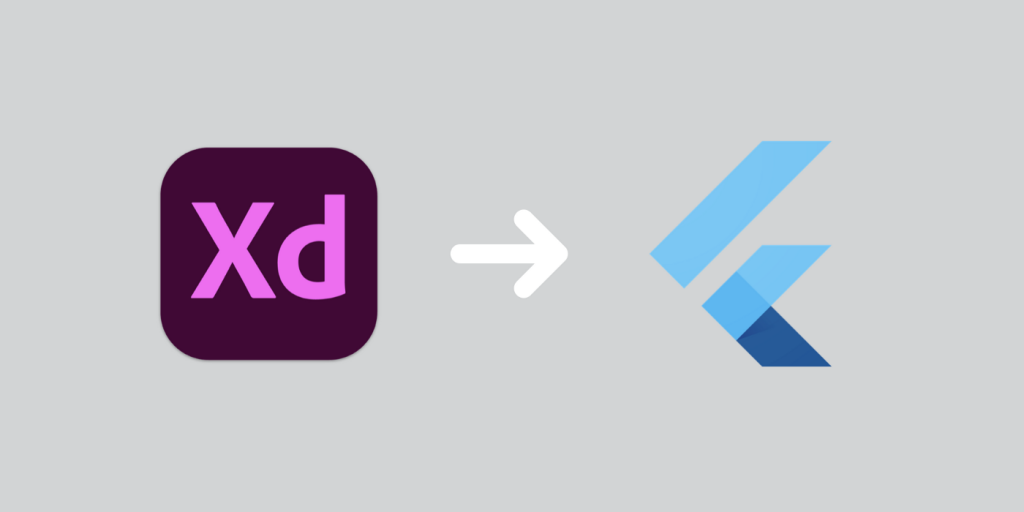The gskinner team is well known in the Flutter community for combining innovative design with creative coding to build robust, beautiful applications. Over the past 20 years, our experienced designers and developers have consistently been challenged by our clients to push the boundaries of their platforms. When FlutterFlow came to us to apply this experience to their platform, we were intrigued by the potential to empower our designers and narrow the gap between the design and production phase. Starting fresh, we embarked on this journey and were surprised by what we learned along the way.
Continue reading →